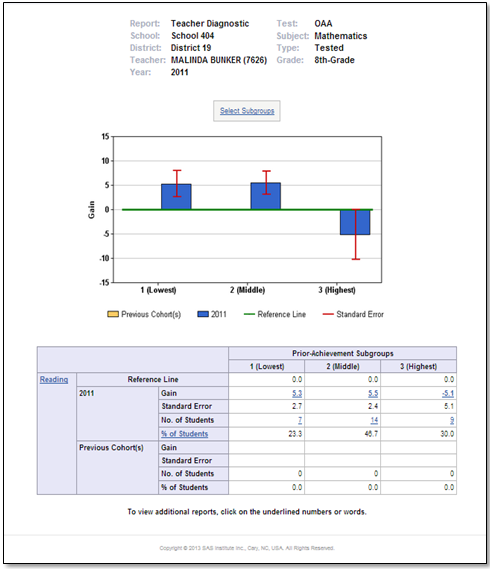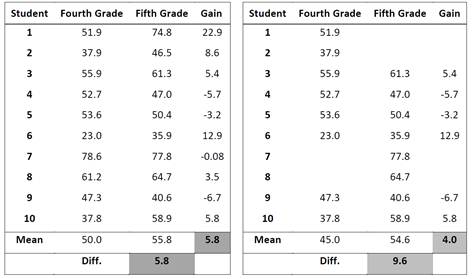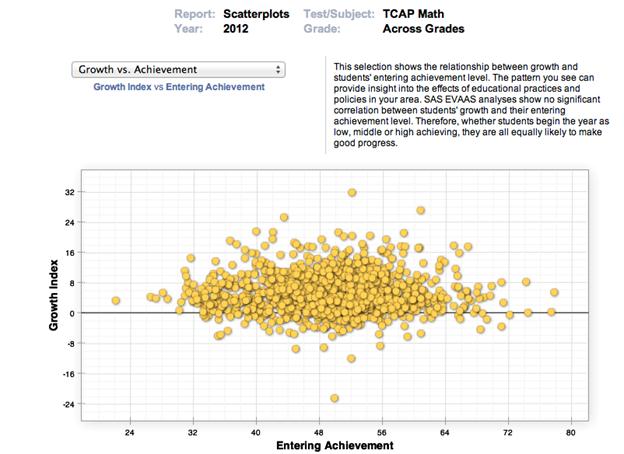
Recently, the American Statistical Association (ASA) released a statement about value-added modeling. This statement was widely covered in the national press, some of which positioned the statement as a significant blow to value-added modeling. However, the ASA statement did not “slam” value-added modeling; rather, the statement’s authors advocated statistical rigor,








